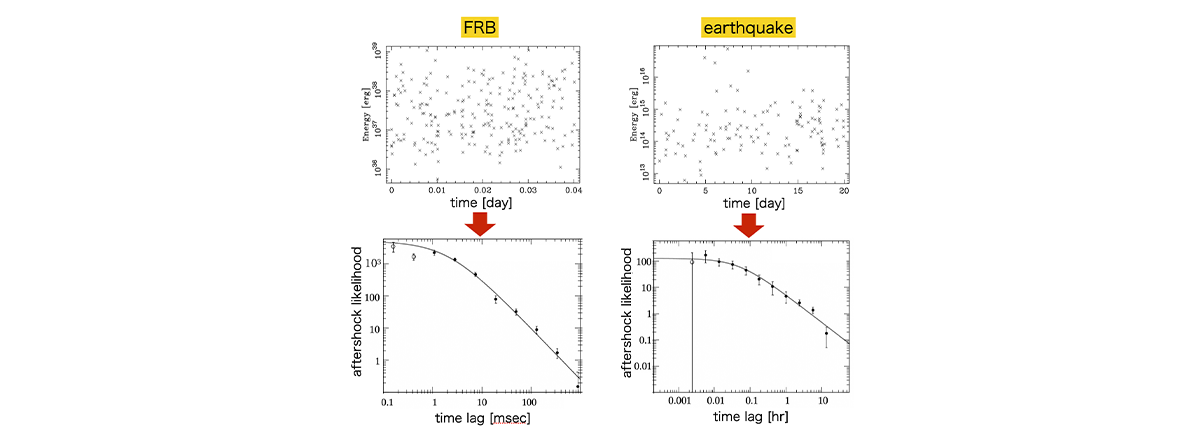Astronomers Link Mysterious Cosmic Radio Signals to Starquakes
The concept of starquakes on the dense surface of neutron stars might offer a compelling explanation. Magnetars, a subset of neutron stars with extraordinarily potent magnetic fields, have previously been linked to FRBs.

Fast radio bursts (FRBs), the enigmatic celestial phenomena that have puzzled astronomers for years, may have finally met their match in a most unusual counterpart: earthquakes. A team of scientists from the University of Tokyo has unveiled a new theory linking these cosmic radio signals to seismic events on neutron stars' surfaces.
FRBs, brief but incredibly intense bursts of radio energy detected by radio telescopes, have tantalized astronomers since their first discovery in 2007. While they remain invisible to the naked eye, these cosmic flashes are observed as brilliant spikes on radio wave charts. The scientific community has proposed various theories to explain their origin, however, the leading hypothesis suggests that at least some FRBs are born on the surface of neutron stars, remnants of massive stars' supernova explosions.
The concept of starquakes on the dense surface of neutron stars might offer a compelling explanation. Magnetars, a subset of neutron stars with extraordinarily potent magnetic fields, have previously been linked to FRBs.
To probe this intriguing connection further, a team of scientists conducted an extensive statistical analysis of nearly 7,000 FRB bursts from different repeating FRB sources.
What they discovered was both surprising and transformative. Their analysis showed remarkable similarities between FRBs and earthquakes. This correlation suggests the presence of a solid crust on neutron stars' surfaces, supporting the theory that starquakes, like earthquakes, unleash vast amounts of energy, manifesting as FRBs when observed from Earth.

